The clock surmounted by a covered urn, mounted on the back of a patinated bronze lion with mane and serpentine tail on a rectangular base on which are suspended garlands of laurel mounted on four gilded bronze feet.
Circa 1880
Enameled porcelain dial
The movement with its original key
Original Mercury gilding
After the famous XVIIIth Century model by François Vion, "The Peaceful Lion"
Animal-themed clocks truly appeared during the reign of Louis XV and grew to be quite popular during the second half of the 18th century, when neoclassicism became the dominant style in the French decorative arts, particularly in Paris. The present clock stands out due to its remarkable composition, the quality of its chasing and gilding/silvering, as well as for its hematite decoration, and lastly due to our knowledge of the existence of a commercial or preparatory sketch done before the piece went into production. That drawing is today in the Institut national d’Histoire de l’Art in Paris (drawing number 22, part of an album of bron-zier François Vion). This allows us to confidently attribute the model to Vion (see H. Ot-tomeyer and P. Pröschel, Vergoldete Bronzen, Die Bronzearbeiten des Spätbarock und Klassizismus, Munich, 1986, Band I, p. 193, fig. 3.11.6).
As of the 18th century, a few rare examples of this model are mentioned as belonging to im-portant Parisian collectors of the time, as for example “…a clock with an enamel dial dis-playing the hours and minutes, with striking, in a gilt and colored copper case that is adorned with marcasites, mounted on a lion with a base of gilt and silvered copper…” that was described in the late 18th century as being in the home of one of the members of the Giambone family. A “clock made by Gille, in Paris; the case in the form of a drum, borne by a lion: the whole in very well gilt bronze; the dial’s bezel decorated with marcasites, and a small vase surmounting the clock; the striking movement, 8-day going” was offered at the sale of Duke Charles de Lorraine in May 1781. Lastly, in the late 19th century a “small clock from the time of Louis XVI, in gilt bronze and green patinated bronze, with movement visible through a glass dial, bearing the name of Lepaute, in Paris. The dial, whose hands and bezel are embellished with marcasites, is fitted in a drum case surmounted by a cassolette and supported by a green patinated bronze lion that is facing left. The lion stands on a rectangular gilt bronze base with protruding corners adorned with triglyphs. The base is decorated with Greek keys and laurel garlands in green patinated bronze. Height 31 cm; width 18 cm” is described in the collection of the Count d’Armaillé.
Today, among the small number of known identical clocks, which sometimes feature minor variations in their decoration, there are three models made entirely of gilt bronze or gilt and patinated bronze. One, which was probably in the collection of the Prince de Condé in the 18th century, is today in the Mobilier national (see Fastes du pouvoir: objets d’exception XVIIIe-XIXe siècles, RMN, Paris, 2007, p. 18-19, catalogue n° 5). A second example is illustrated in G.and A. Wannenes, Les plus belles pendules françaises de Louis XIV à l’Empire, Florence, éditions Polistampa, 2013, p. 295. A third clock is illus-trated in H. Ottomeyer and P. Pröschel, op.cit., p. 193, fig. 3.11.4. Lastly, a comparable clock, which is also made of gilt and silvered bronze, is in the celebrated Pavlovsk Palace near Saint Petersburg, in Russia.
François Vion (circa 1737 - after 1790)
One of the most important Parisian bronze casters of the second half of the 18th century. Having become a master bronze caster in 1764, he was a rival of the Osmonds and Jean-Joseph de Saint-Germain. He specialized in creating clock cases, several of which bear his signature, particularly those known as “Venus and Love” and “Love and the Three Graces”.





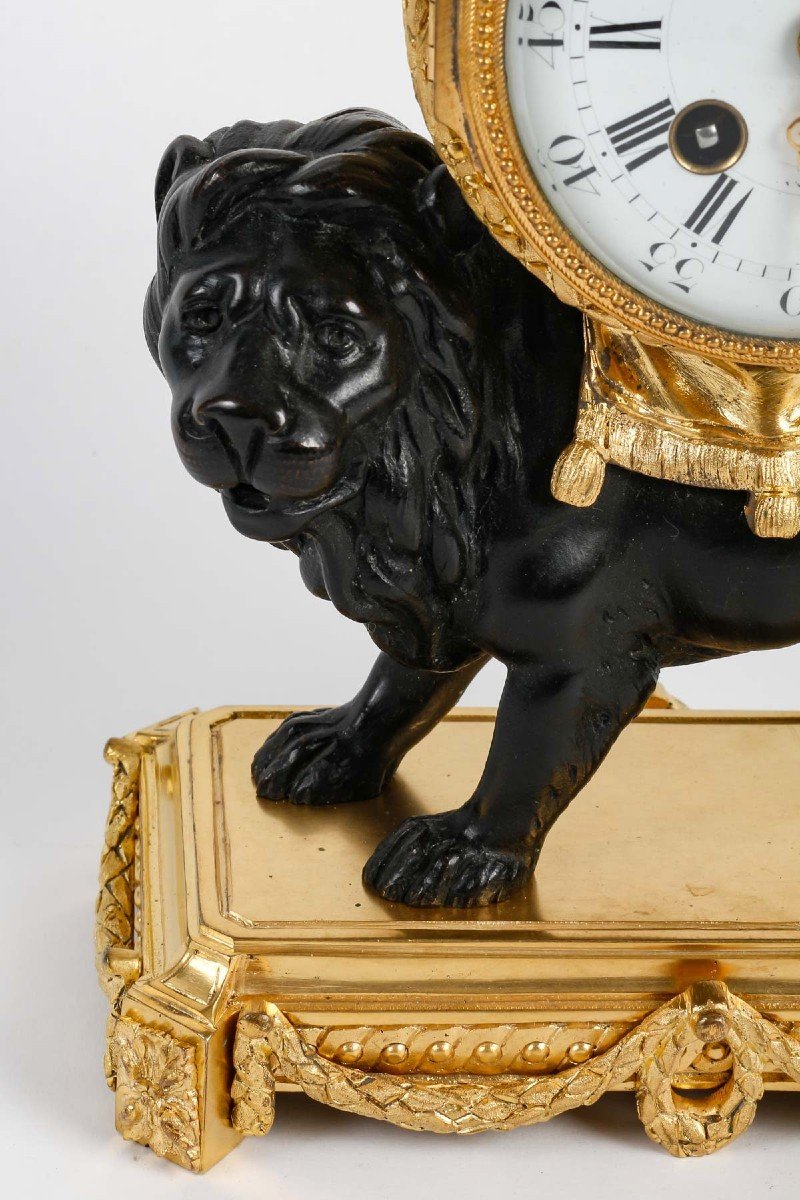


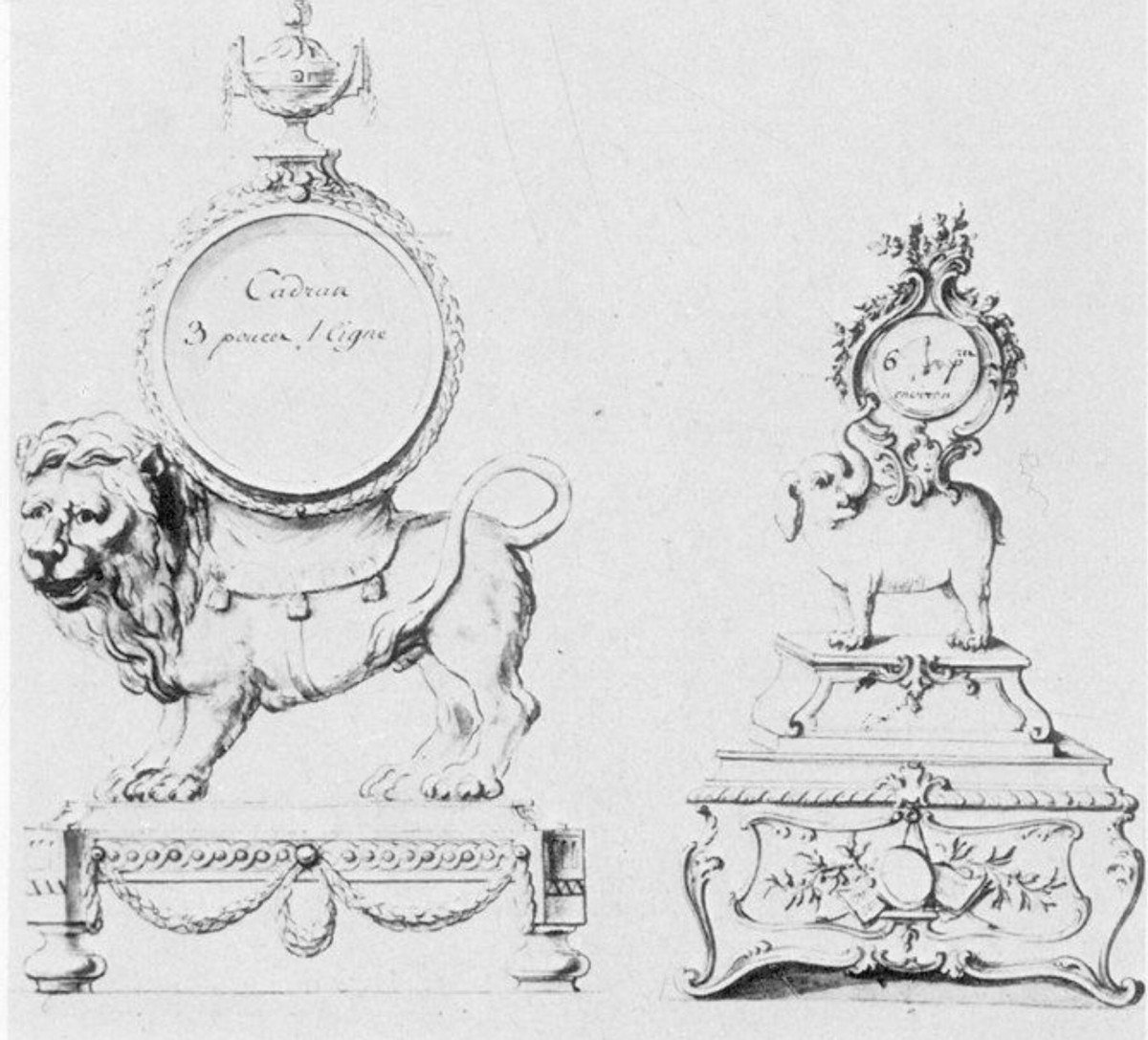

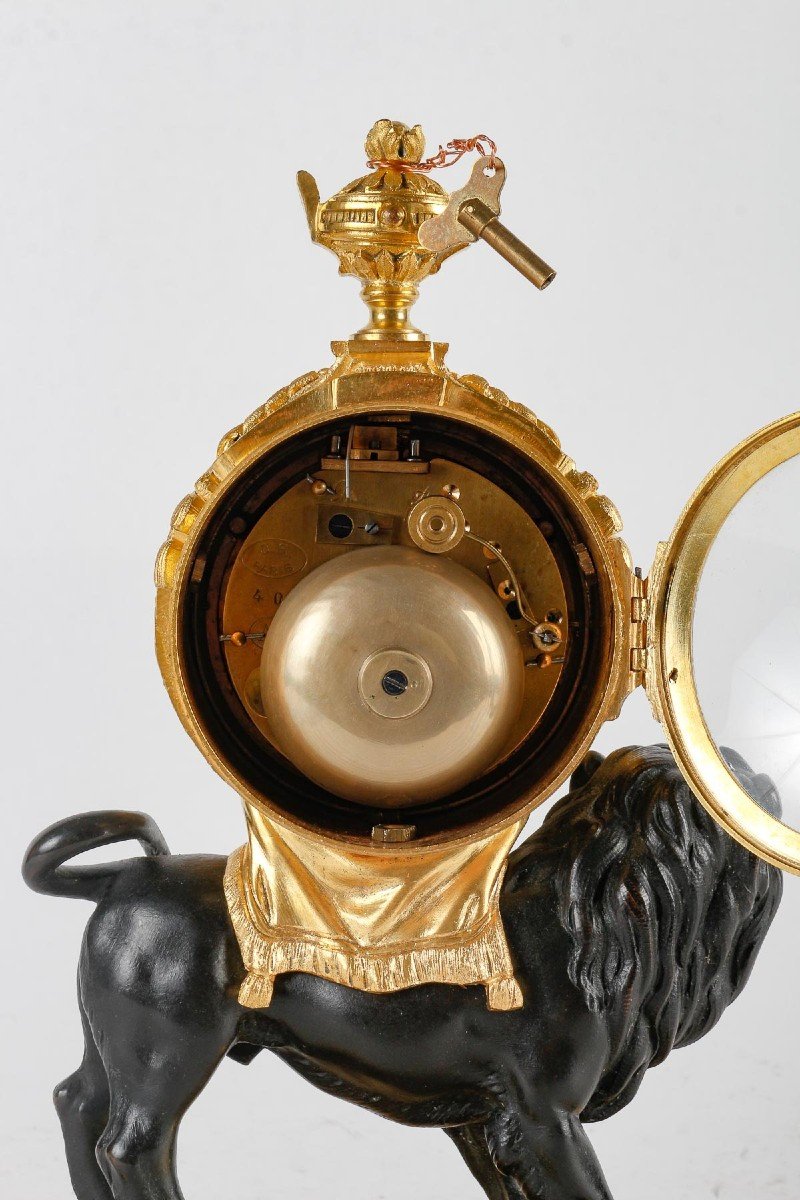

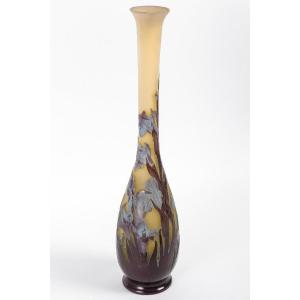
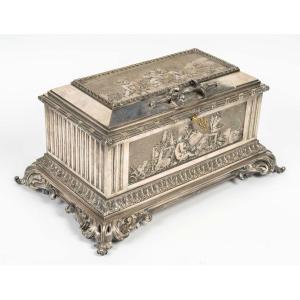
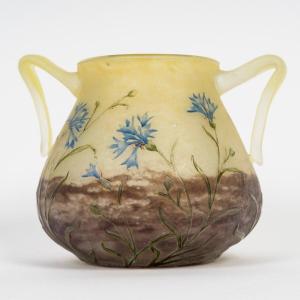

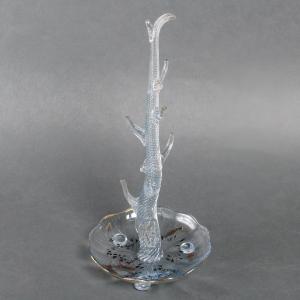










 Le Magazine de PROANTIC
Le Magazine de PROANTIC TRÉSORS Magazine
TRÉSORS Magazine Rivista Artiquariato
Rivista Artiquariato
